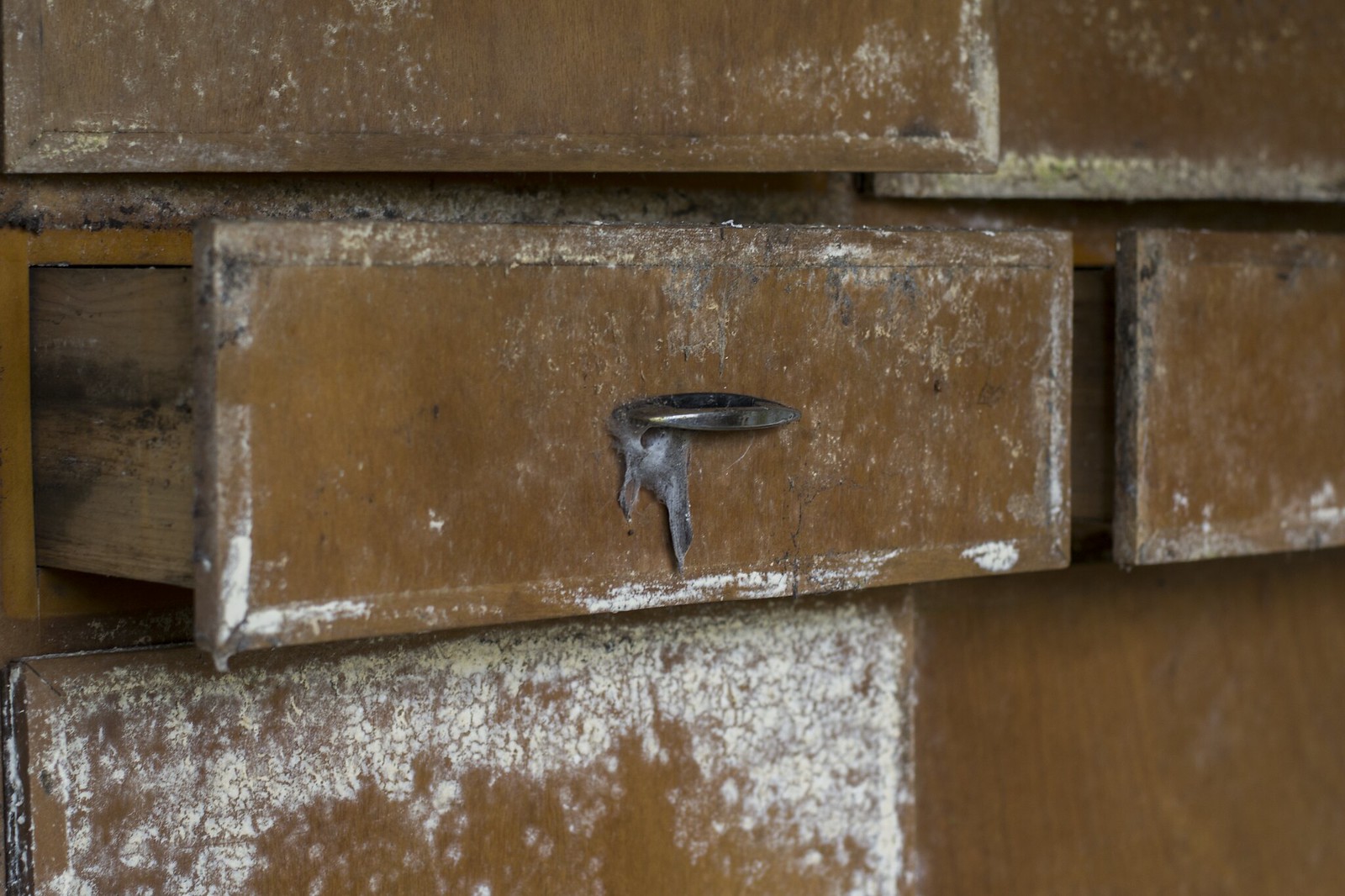Imagine your favorite armchair, a cozy spot where you unwind after a long day, suddenly marred by stubborn mildew spots.
As you stare at the discolored patches, wondering how to restore your beloved furniture, a glimmer of hope emerges – there are effective ways to banish mildew and revive your piece.
But where do you start, and how can you guarantee your efforts lead to a successful restoration?
Here are expert some expert tips and steps to conquer mildew on furniture, preserving both its appearance and integrity.
Identifying Mildew on Furniture
To identify mildew on furniture, carefully inspect for black or gray patches emitting a musty odor.
Mold thrives in damp and warm conditions, making fabric furniture susceptible to its growth.
When dealing with mildew, it’s important to act promptly to prevent the spread of mold spores and further damage.
If you notice mildew on your fabric furniture, it’s essential to remove it immediately.
Begin by cleaning the affected area with a solution of white vinegar and water. White vinegar is effective in killing mold spores and disinfecting the surface.
After applying the white vinegar solution, allow the furniture to dry thoroughly.
Make sure the area is well-ventilated to speed up the drying process.
Regular inspection and maintenance of your fabric furniture can aid in the early detection of mildew growth, preventing health issues and preserving the integrity of the fabric.
Materials Needed for Mildew Removal
Gather the necessary materials for removing mildew from furniture to guarantee effective and thorough cleaning.
To tackle mildew on furniture, you’ll need Clorox Disinfecting Bleach with CLOROMAX, known for its effectiveness in killing mold.
Additionally, laundry detergent is essential for cleaning fabric furniture affected by mildew.
A spray bottle is handy for applying the bleach solution evenly on the affected areas.
Make sure to have clean water on hand for rinsing and removing any residue left behind during the cleaning process.
A measuring cup will help you accurately mix the bleach solution.
Remember, mildew thrives in damp environments, so it’s important to act promptly to remove the mold.
Once you have cleaned the mold, allow the furniture to air dry thoroughly.
Hydrogen Peroxide can also be effective in removing mildew stains on certain types of furniture. These materials combined will assist you in effectively removing mildew from your furniture.
Steps to Remove Mildew From Wood Furniture
If you’re dealing with mildew on wood furniture, start by preparing a mixture of water and detergent for effective cleaning.
To remove mold and mildew, apply the cleaning solution onto the affected areas using a sponge or cloth.
Scrub gently in a circular motion to loosen and lift the mildew from the wood surface. Once the mildew is scrubbed off, rinse the furniture with clean water to remove any residue.
Allow the wood furniture to dry completely before placing it back in its original location to prevent future mildew growth.
For an eco-friendly alternative, consider using a mixture of water and white vinegar to tackle mildew stains on wood furniture.
White vinegar is known for its mildew-fighting properties and can help remove stubborn spots effectively.
If the mildew stains persist despite your efforts, it may be beneficial to consult a professional furniture cleaner for specialized treatment options.
Tips for Preventing Mildew Growth
Consider implementing these practical strategies to effectively prevent mildew growth on your furniture.
Start by ensuring proper ventilation in the room to reduce moisture buildup, a key factor in mildew development.
Using a dehumidifier in humid environments can help maintain ideal humidity levels, inhibiting mildew formation.
Regularly inspect your furniture for any signs of moisture or mildew, addressing any issues promptly to prevent further spread.
Avoid placing furniture directly against walls or in damp areas, as these conditions promote mildew growth.
To add an extra layer of protection, consider using moisture-absorbing products such as silica gel packets in drawers or cabinets.
These products can help absorb excess moisture and prevent mildew from taking hold.
Professional Help for Severe Mildew Issues
To tackle severe mildew issues on your furniture, seeking assistance from a professional mold removal service is highly recommended.
Professional help can evaluate the extent of mildew damage accurately and provide specialized cleaning solutions tailored to your furniture’s needs.
Delicate or vintage pieces may require expert care to make certain the removal process doesn’t cause any additional damage.
Severe mildew problems can be challenging to handle effectively without the expertise of professionals who have the right tools and knowledge.
By enlisting professional services, you can guarantee thorough removal of mold or mildew from your furniture while taking steps to prevent further damage.
The specialized cleaning techniques used by professionals are designed to target the mildew at its roots, eradicating it completely and leaving your furniture clean and safe.
Don’t hesitate to reach out for expert assistance when dealing with severe mildew issues to protect your furniture and restore it to its former glory.
Frequently Asked Questions
What Removes Mildew From Furniture?
To remove mildew from furniture effectively, use a solution of bleach and laundry detergent mixed with water.
Spray the affected area, let it soak, then wipe. Rinse thoroughly and consider professional help for tough stains.
How Do You Get Mildew Out of a Fabric Couch?
To remove mildew from a fabric couch, take it outside in direct sunlight to dry and kill mold spores. Use a broom to clear visible mold, then vacuum.
Spot treat with mild soap. Prevent future growth with dehumidifiers and sunlight.
Does Vinegar Kill Mold on Furniture?
Vinegar effectively kills mold on furniture, preventing regrowth and maintaining a mold-free environment.
Its natural antimicrobial properties penetrate surfaces, making it a safe and eco-friendly choice for mold removal and furniture maintenance.
Can Furniture With Mold Be Saved?
To save furniture with mold, act promptly. Remove surface mold with thorough cleaning and disinfection. Upholstery may need professional care.
Regular maintenance prevents mold. Prioritize moisture control, DIY solutions, and mold inspection to avoid health risks.


Leave a Reply